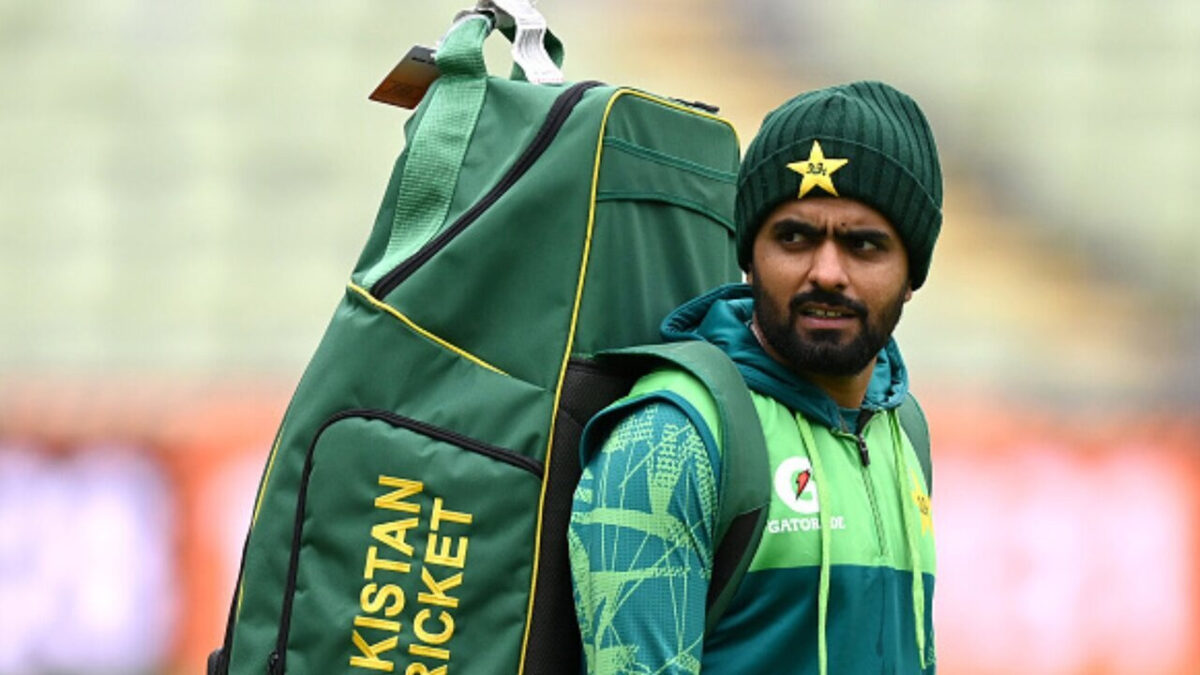Table of Contents
ToggleThe Pakistan team, under the leadership of Babar Azam, has been handed their second defeat of the ICC Men’s T20 World Cup 2024, co-hosted by the West Indies and the United States of America, against the Indian team, who were quite magnificent in their bowling department by defending a low total of 120-runs.
The runners-up from the last edition of the tournament faced a setback with the six-run defeat against India at the Nassau County International Cricket Stadium in New York, where they failed to show intent in their chase of such a low score.
This has come after Pakistan began their ninth edition of the competition with a disappointing beginning with a ‘super-over’ defeat in the hands of the co-host United States of America (USA) who were excellent in all three departments of batting, bowling and fielding, at the Grand Prairie Stadium, in Dallas.
Pakistan defend on other results to qualify for ‘Super Eight’ stage
In their very first game of the season, the Men in Green were asked to bat first on a pretty decent surface. Mohammad Rizwan walked back to the dugout quite early, but captain Babar Azam was in the middle for a long time. The opening batter wasn’t getting his timing right for the shots, as the US bowlers were bowling in the right channel with proper variations.
Also Read: T20 World Cup 2024: CSK’s Coach Compares Shivam Dube To Kapil Dev
What they did well at that point was not overdoing things and keeping it quite simple for the rest of the 20 overs. Shadab Khan, coming into the middle, tried to whack the bowlers, as his 40-run knock in 25 deliveries provided them vital momentum in the batting. Azam Khan had a tough day, as he returned after a first-ball duck in the game.
Somehow, Pakistan reached 159 in their 20 overs, but even in their bowling, they failed to take early wickets. USA were ahead in the clash with the bat for the first 15 overs, before the bowlers bowled a few good overs at the death phase, which helped the team to put pressure on America. But Haris Rauf’s poor last over pushed the game to the super over.
The USA again made a great comeback as they smashed Mohammad Amir for 18 runs in those six balls. The Mumbai-born Saurabh Netravalkar, coming to bowl the super-over for the US team was excellent and managed to earn the maiden victory over Pakistan.
When the one-time champions won the toss in New York for the India game, there was no hesitation in deciding to bowl under over-cast conditions. They sent back both opponent captain Rohit Sharma and Virat Kohli early in the game, but Rishabh Pant managed to drill them for a few shots, as they lacked skill in their fielding.
At 89/3 in 11 overs, the Indian team was flying high, but Amir and co. brought them back in the game, to bundle out the 2007-champions for 119. In the chasing Pakistan needed one good partnership to seal the deal, and with 48-runs needed at run-a-ball, and that too with seven wickets in hand, it was only their game to lose, and they accepted the negative challenge.
With the six-run defeat, the green brigade have found themselves in a tricky situation where they will need to defend on the other team’s results of their group. They need to win their next game against Canada by a huge margin at the same ground, and hope that whoever lose between India and USA go on to get defeated in their final encounter of the stage of the tournament too.
Also Read: T20 World Cup 2024: Jasprit Bumrah Sheds Light On Importance Of ‘Accuracy’ More Than ‘Magic Balls’
Breakdown of how Pakistan can still qualify
- June 11: Canada vs Pakistan: Pakistan need to win in this match.
- June 12: USA vs India: India’s win is vital for their chances.
- June 14: USA vs Ireland: The Green Brigade needs Ireland to win.
- June 15: Canada vs India: Another win for India is required.
- June 16: Ireland vs Pakistan: They must win this game with a big margin.
In this scenario, India will qualify and Pakistan and USA, tied on the same point will fight with the NRR (net run rate) factor.
